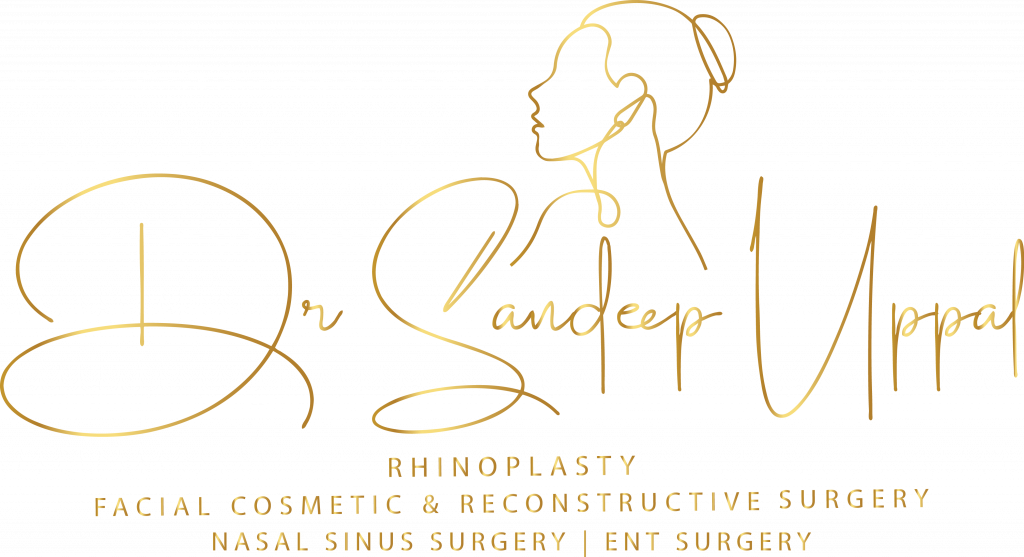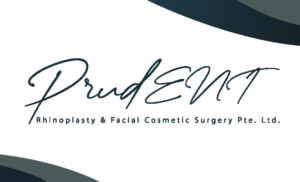MANAGEMENT OF SNORING AND OBSTRUCTIVE SLEEP APNOEA
CONSULTATION AND HISTORY TAKING
During the initial consultation Dr Sandeep takes a detailed history, a crucial step that helps him and his team to arrive at an accurate diagnosis and differentiate between simple snoring and sleep apnoea, and formulate an effective treatment plan. Below are the key components involved in taking a detailed history from patients suspected of having sleep apnoea.
CHIEF COMPLAINT
The primary reason for seeking medical attention, often reported as snoring, daytime fatigue, or breathing interruptions during sleep.
KEY OCCUPATIONAL FACTORS TO CONSIDER
Work Schedule
Those who work in shifts, especially night shifts, are more prone to disrupted sleep patterns, which can exacerbate symptoms of sleep apnoea.
Stress Levels
High-stress jobs can contribute to poor sleep quality and increased incidence of sleep disorders.
Physical Demands
Occupations that require minimal physical activity can contribute to weight gain, a significant risk factor for sleep apnoea.
Travel Requirements
Jobs that require frequent travel, especially across time zones, can disrupt natural circadian rhythms and worsen sleep quality.
Workplace Environment
Exposure to toxins, noise, or irritants at work can potentially impact sleep and respiratory health.
SLEEP-RELATED HISTORY
These additional factors allow for a more nuanced understanding of the patient’s sleep habits and lifestyle, which could be contributing to or exacerbating sleep apnoea symptoms. By integrating these elements into the history-taking process, Dr Sandeep Uppal and his team can formulate a more accurate diagnosis and develop a personalised treatment plan that addresses the root causes and contributory factors of the sleep apnoea condition.
Severity of Snoring
Inquire about the loudness and frequency of snoring.
Sleep Disruptions
Ask about episodes of choking, gasping for air, or waking up abruptly.
Daytime Symptoms
Examine the presence of excessive daytime sleepiness, irritability, or fatigue.
Sleep Position
Discuss the patient’s preferred sleep position, as certain positions may exacerbate apnoea.
Bed Partner Observations
Collect any observations made by the patient’s sleeping partner regarding snoring, restlessness, or pauses in breathing.
Sleep Environment
The condition of the bedroom, including lighting, noise levels, and temperature, as these factors can impact sleep quality.
Pre-Sleep Routine
Activities performed before bedtime such as reading or using electronic devices, which may affect the ability to fall asleep.
Time to Sleep and Awake
The usual time the patient goes to bed and wakes up, to evaluate the consistency in sleep schedule.
Quality of Sleep
Self-reported assessment of sleep quality, including whether the patient feels refreshed upon waking.
Ease in Initiating Sleep
Time it typically takes to fall asleep once in bed.
Ease in Maintaining Sleep
Frequency of waking up during the night and difficulty in returning to sleep.
Caffeine Intake
Amount and timing of coffee or other caffeinated beverages, as these can interfere with sleep patterns.
Other Stimulants
Use of energy drinks, nicotine, or other substances that could affect sleep quality.
MEDICAL HISTORY
Past Medical History
Information about pre-existing medical conditions such as hypertension, diabetes, stroke or heart disease.
Medications
A list of current medications that could potentially affect sleep or airway muscle tone.
Surgical History
Any past surgeries, particularly those related to the upper airway, nose, or throat.
LIFESTYLE AND SOCIAL HISTORY
Alcohol Consumption
Amount and frequency, as alcohol can relax the airway muscles and worsen apnoea.
Tobacco Use
Smoking can irritate and inflame the airway, potentially exacerbating symptoms.
Diet and Exercise
Discuss weight as obesity is a significant risk factor for sleep apnoea.
FAMILY HISTORY
Presence of sleep apnoea or related disorders in immediate family members.
REVIEW OF SYSTEMS
A general review of other body systems to identify any symptoms that might be linked to sleep apnoea, such as cardiovascular issues, endocrine abnormalities, or mental health concerns.
After the history-taking, Dr Sandeep Uppal and his team may proceed with a physical examination and potentially recommend further diagnostic tests to distinguish simple snoring from OSA. This comprehensive approach ensures that each patient receives a thorough evaluation, leading to targeted and effective treatment plans for managing sleep apnoea.
PHYSICAL EXAMINATION
For a comprehensive assessment and diagnosis of obstructive sleep apnoea (OSA), a detailed physical examination is crucial. Dr Sandeep Uppal and his team employ a variety of diagnostic techniques to thoroughly evaluate the condition of their patients.
COMPREHENSIVE HEAD AND NECK EXAMINATION
Evaluation of the nose, throat, and neck to identify any anatomical abnormalities like deviated septum, enlarged tonsils, or a large tongue base that may contribute to airway obstruction.
Mallampati Score
A classification that helps predict the ease of intubation and may also indicate the risk of OSA. It assesses the visibility of the uvula, soft palate, and pillars.
Nasal Endoscopy
For some cases, a flexible endoscope may be used to visualize the upper airway and identify any obstructions or anatomical issues.
Müller's Manoeuvre
This can help identify patients who are likely to benefit from surgical interventions for OSA. It is particularly useful for assessing the efficacy of potential surgeries like uvulo-palato-pharyngoplasty (UPPP) or genioglossus advancement (GA).
BMI Measurement
Obesity is a significant risk factor for OSA, so Body Mass Index (BMI) is usually calculated.
Neck Circumference
A larger neck circumference can indicate a higher risk of OSA.
Epworth Sleepiness Scale
A questionnaire that assesses daytime sleepiness, commonly used to gauge the severity of sleep apnoea symptoms.
Blood Pressure
Elevated blood pressure is often associated with OSA.
DIAGNOSTIC TESTS
Here are the primary tests employed to diagnose OSA:
POLYSOMNOGRAPHY (SLEEP STUDY)
The gold standard for diagnosing OSA. This test records multiple body functions during sleep, including brain activity, eye movement, heart rate, and blood oxygen levels.
HOME SLEEP APNOEA TEST (HSAT)
A simplified sleep study that can be done at home, which measures basic parameters like airflow, breathing effort, and oxygen levels.
DRUG-INDUCED SLEEP ENDOSCOPY (DISE)
A procedure where the airway is observed using an endoscope while the patient is under sedation, to identify the site of obstruction.
MULTIPLE SLEEP LATENCY TEST (MSLT)
Primarily used to diagnose narcolepsy, this test is performed in collaboration with our sleep medicine colleagues and can also provide information on the degree of daytime sleepiness, which is a symptom of OSA.
CT OR MRI SCANS
Occasionally, imaging studies are needed to further assess anatomical structures or rule out other conditions and to plan for orthognathic surgery.
Through a combination of these physical examinations and diagnostic tests, Dr Sandeep Uppal and his team can provide a comprehensive assessment of OSA. This enables them to formulate an effective, individualized treatment plan, ensuring the best possible outcomes for their patients.
TREATMENT OPTIONS FOR SIMPLE SNORING WITHOUT OSA
LIFESTYLE MODIFICATIONS
Weight Management
Excessive weight can contribute to snoring by increasing the fatty tissue in the neck area, thus narrowing the airway. Weight loss is often advised as a first-line treatment.
Sleep Position
Sleeping on the back can cause the tongue to fall backward into the throat, partially blocking the airway. Side-sleeping is usually recommended to alleviate this.
Alcohol and Sedatives
Reducing the intake of alcohol and sedatives, especially before bedtime, as they can relax the muscles of the throat and exacerbate snoring.
Smoking Cessation
Smoking can irritate and inflame the airway, making snoring worse. Quitting smoking can improve snoring symptoms over time.
NON-INVASIVE DEVICES
Nasal Strips
These adhesive strips are applied to the bridge of the nose and can help to open nasal passages, making breathing easier.
Mandibular Advancement Devices (MADs)
These are custom-fitted dental appliances that reposition the lower jaw and tongue forward to create more space in the airway.
Anti-Snoring Pillows
Designed to encourage sleeping in positions that keep the airways open, although the effectiveness can vary between individuals.
SURGICAL OPTIONS
Uvulopalatopharyngoplasty (UPPP)
This surgical procedure removes excess tissue from the throat to widen the airway. It’s generally considered a last resort for snoring alone.
Laser-Assisted Uvulopalatoplasty (LAUP)
A less invasive procedure that uses lasers to shorten the uvula and remove parts of the soft palate.
Radiofrequency Ablation (RFA)
This minimally invasive procedure uses thermal energy to shrink and tighten the tissue around the airway, reducing its tendency to collapse and cause snoring.
TREATMENT FOR OBSTRUCTIVE SLEEP APNOEA
For patients diagnosed with obstructive sleep apnoea (OSA), we offer a range of evidence-based treatment options designed to alleviate symptoms and reduce associated health risks. The choice of treatment often depends on the severity of the condition, the patient’s medical history, and other contributing factors. Here are some of the treatment options for OSA:
NON-INVASIVE THERAPIES
Continuous Positive Airway Pressure (CPAP)
The most commonly prescribed treatment for moderate to severe OSA. A CPAP machine delivers a constant stream of air through a mask, keeping the airways open during sleep.
Bi-Level Positive Airway Pressure (BiPAP)
Like CPAP but provides different pressure settings for inhalation and exhalation. It’s often used for more severe cases or for patients who have difficulty tolerating CPAP.
Mandibular Advancement Devices (MADs)
These are dental appliances that reposition the lower jaw and tongue forward, increasing the size of the upper airway. They are generally used for mild to moderate OSA.
LIFESTYLE MODIFICATIONS
Weight Loss
Obesity is a significant risk factor for OSA, and weight loss can often lead to substantial improvements.
Positional Therapy
Some patients experience OSA primarily when sleeping on their back. Positional therapy aims to encourage side-sleeping to reduce apnoea events.
Avoiding Alcohol and Sedatives
These substances relax the muscles of the throat, increasing the risk of airway collapse.
Smoking Cessation
Smoking can exacerbate OSA symptoms and contribute to airway inflammation.
SURGICAL OPTIONS
ADENOIDECTOMY
In cases where enlarged tonsils obstruct the airway, removal can be an effective treatment and help with CPAP compliance.
TONSILLECTOMY
In cases where enlarged tonsils obstruct the airway, removal can be an effective treatment.
NASAL SURGERY
For individuals where, nasal obstruction contributes to OSA, surgeries like septoplasty, septorhinoplasty or turbinate reduction may be beneficial as therapy or to help with effective CPAP therapy.
PALATO-PHARYNGOPLASTY
This surgery involves the removal or modification of tissues in the throat, which may include the uvula, part of the soft palate, and sometimes the tonsils and pharyngeal walls. The objective is to widen the airway, making it easier to breathe during sleep.
UVULO-PALATO-PHARYNGOPLASTY (UPPP)
Removes excess tissue from the throat to widen the airway.
GENIOGLOSSUS ADVANCEMENT (GA)
Repositions the tongue muscle attachment to prevent the tongue from collapsing backward.
MAXILLOMANDIBULAR ADVANCEMENT (MMA)
Repositions the upper and lower jaw to enlarge the airway.
RADIOFREQUENCY ABLATION (RFA)
Minimally invasive technique that uses electrical energy to shrink tissues in the tongue or soft palate.
COBLATION OF TONGUE
Minimally invasive technique that uses Coblation wand to shrink tissues in the tongue.
LINGUAL TONSILLECTOMY
This minimally invasive technique is often considered for treating obstructive sleep apnoea (OSA) when enlarged lingual tonsils at the back of the tongue are identified as a contributing factor to airway obstruction.
WEDGE RESECTION OF TONGUE BASE
Wedge resection of the tongue base is a surgical procedure aimed at reducing the size of the tongue’s base to alleviate airway obstruction, in cases of obstructive sleep apnoea (OSA).
INSPIRE THERAPY
A surgically implanted device that stimulates the hypoglossal nerve to keep the airway open.
TRACHEOSTOMY
A surgical opening is made in the trachea (windpipe) and a tube is inserted to bypass the obstructed upper airway. This allows air to flow directly into the lungs, effectively eliminating apnoea events. It is generally considered a last resort for treating severe or life-threatening cases of obstructive sleep apnoea (OSA) that have not responded to other treatments.
Through a combination of these therapies and a personalized treatment plan, Dr Sandeep Uppal and his team aim to provide effective management of OSA. Regular follow-up and monitoring are crucial to assess the success of the treatment and make necessary adjustments.
DR SANDEEP’S SNORING RESEARCH
Uppal S, Nadig S, Jones C, Nicolaides AR, Coatesworth AP. A prospective single blind randomised controlled trial comparing two surgical treatments for the treatment of snoring: Laser palatoplasty versus uvulectomy with punctate palatal diathermy. Clin Otol. 2004; 29, 254-263.
TAKE ACTION FOR BETTER SLEEP AND HEALTH
Given the widespread impact and potential health risks associated with snoring and obstructive sleep apnoea (OSA), seeking specialized care is imperative. Dr Sandeep Uppal and his dedicated team are ready to provide expert assistance and support on your journey to improved sleep and well-being.
Don’t delay any further—take proactive steps towards effective snoring and OSA management today. Our multidisciplinary approach integrates medical expertise with cutting-edge technology, offering a comprehensive suite of services meticulously designed to diagnose and treat both snoring and OSA, addressing their root causes.
Reclaim control over your sleep quality and overall health. Act now by scheduling an appointment through our WhatsApp. Your path to a better night’s sleep begins here.


